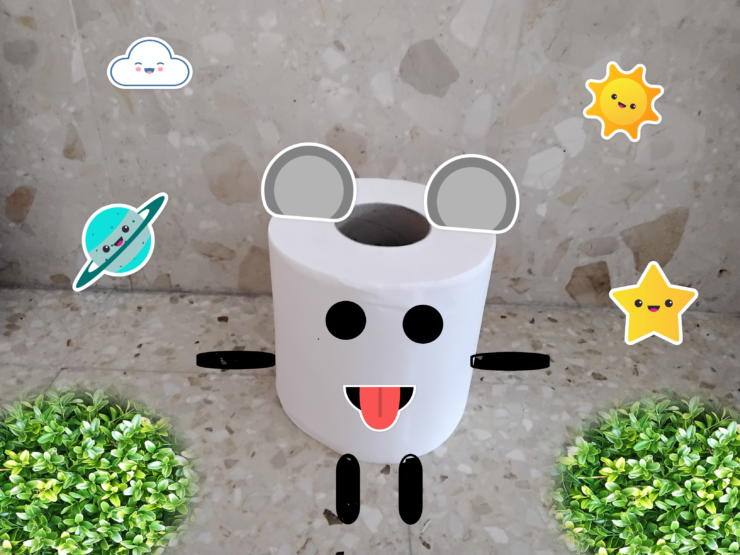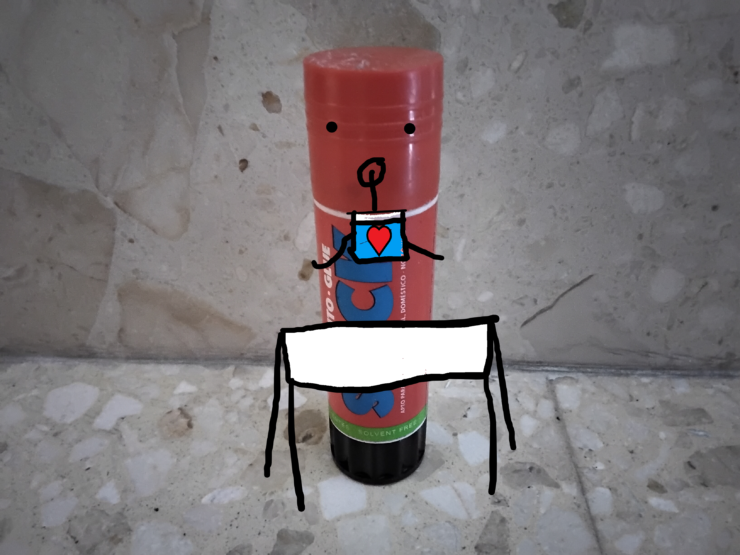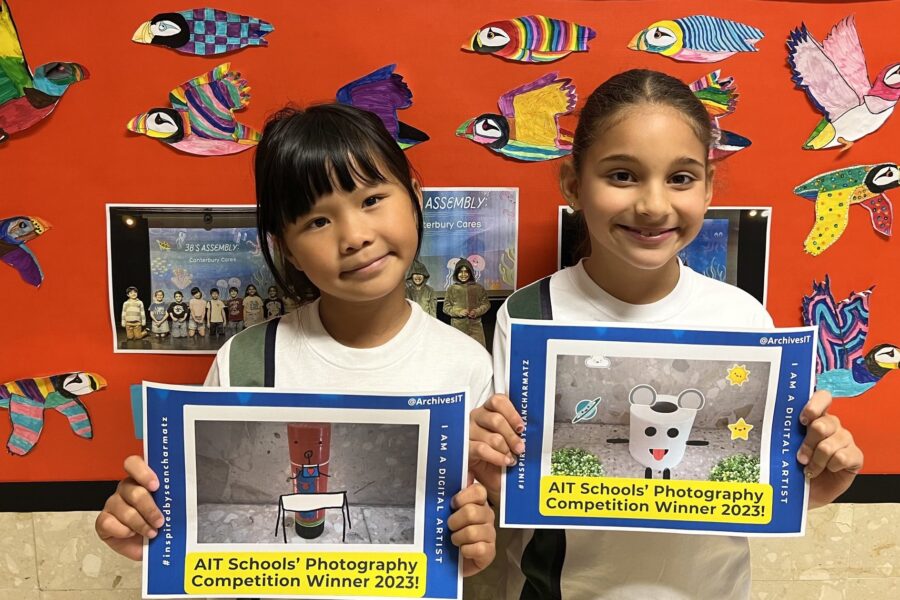Students from Canterbury School in Las Palmas, Gran Canaria (pictured above) and Arthur Bugler Primary in Stanford-le-Hope, Essex have won prizes in the Archives of IT (AIT) schools’ digital photography competition for their creations.
The digital photography competition, launched earlier this year, ran alongside the first of a series of five new lesson plans created in collaboration with The Institution of Engineering and Technology focusing on technology, one of which was photography.
Canterbury School won a set of five digital cameras and memory cards and Arthur Bugler Primary picked up two digital cameras and a memory card following the approval of a judging panel made up of AIT trustees.
The competition was open to primary students, and teachers were asked to follow the resource’s activity information, teachers’ notes and curriculum links. It involved young students using digital cameras to capture images, then editing the images in the style of two digital artists, Sean Charmatz and Stephen McMennamy.
Canterbury School

Samantha Halford, a Year 3 teacher and computing coordinator, who has worked at Canterbury School for 17 years, said 24 of her students took part and enjoyed the competition because it was accessible.
“We’ve used Paint 3d in an earlier unit but had not taken photographs and imported them. I liked the idea [of the competition] as it was original and fun,” said Samantha, who heard about the competition through a Facebook group for computing coordinators.
“I thought it would engage my students but also teach them a bit about composition and storytelling via an image. Many resources focus more on the programming side of the curriculum and it was nice to see a fresh approach to teaching photo editing.”

Samantha, who also runs an extra-curricular computing club at the school, which teaches the English Curriculum, likes to keep her students engaged and this year they have taken part in an AstroPi challenge, came first in the Spanish contingent of an international coding competition, and visited two animation studios on the island.
They also celebrate EU Code Week annually, choosing a different focus each year.
“We follow all areas of the computing curriculum at our school. Earlier in the year we were looking at the work of Pete Cromer and decided to make physical collages, as well as digital ones using Paint3d.”
The AIT digital literacy resources deliver the computer science curriculum for Key Stages 1 and 2 (Years 1 to 6) and show how technology has helped to change the way we make art today. Learners can use these resources to find out how to take a good photo and then create their own digital art using the photos they have taken.
Using the AIT educational resources
Samantha said: “I will embed your planning into our Year 3 unit on digital image creation. We will also use the green screen function [on the cameras] to create short adverts. We will be sharing them with the rest of our school. In September, our two winners will each name a camera and the rest of the cameras will be named by the other members of 3B. I will also look at the other units that you have available for more ideas.
“I intend to embed more of your units into our computing curriculum for KS2 and I will also use them with computing club. I am hoping to run two clubs next year: one for KS1 and one for KS2.”
Arthur Bugler Primary

Alberta Seshie, KS1 Lead at Arthur Bugler Primary, said eight of her students took part in the competition, which she was notified of through the school’s IT Consultant.
“Our children need context to apply their computing skills effectively,” she said. “I feel KS1 children can be easily underestimated for being too young even though they are more creative at this age.
“I used the competition as a treat for our higher achievers as well as those children who had a skill for computing.
“The prize was an incentive as it isn’t a tool we have in our school. I can see how many of our curriculum topics will benefit from these cameras.”
We have also created a gallery with a selection of the competition entries and look forward to creating more competitions in the future.



